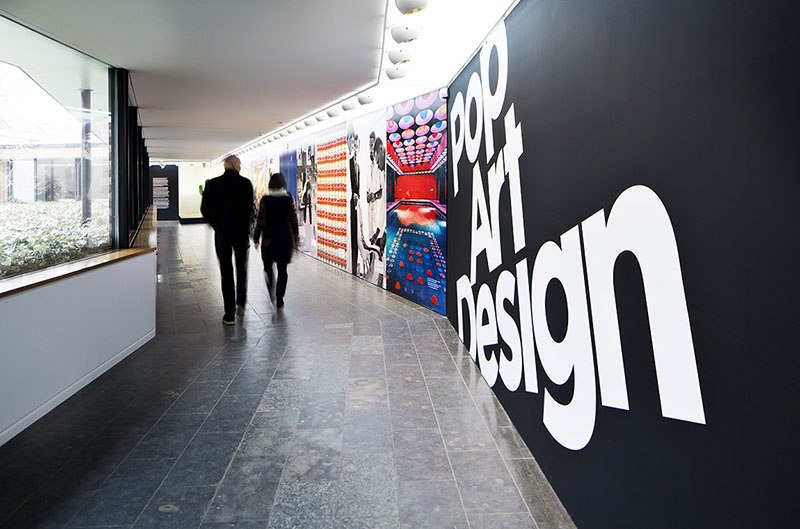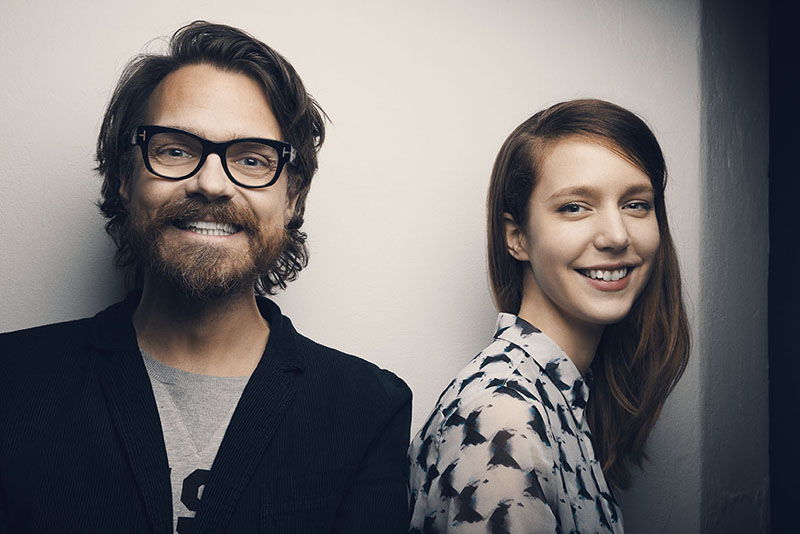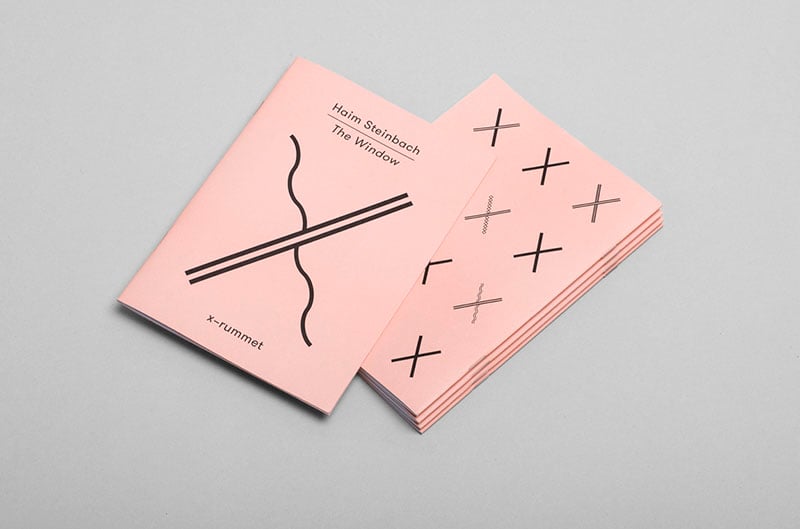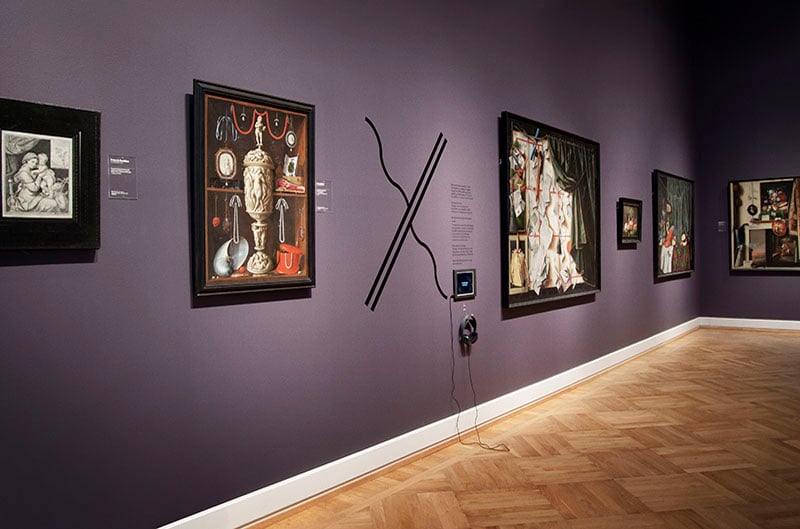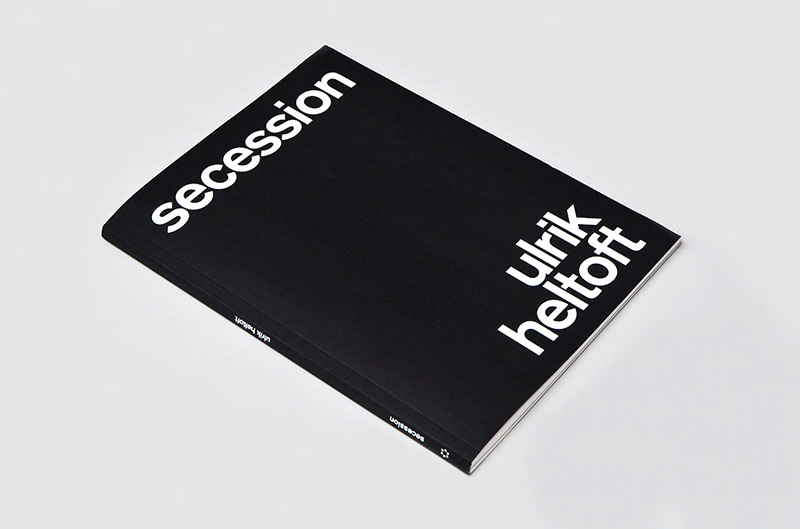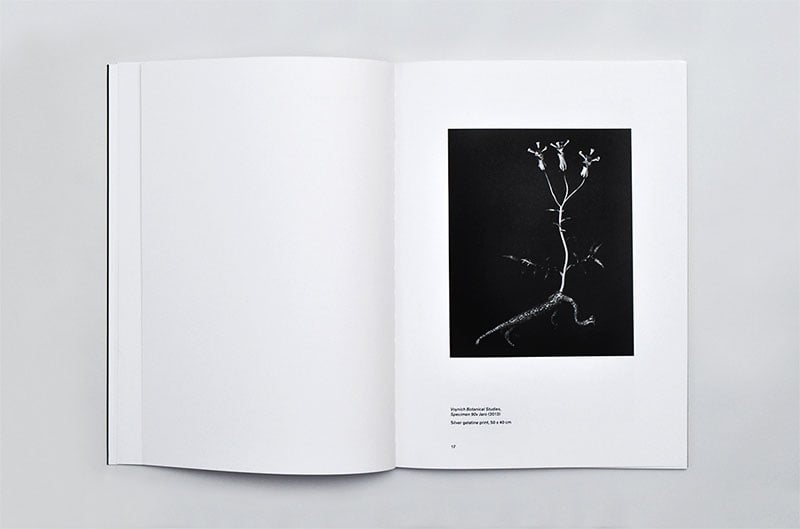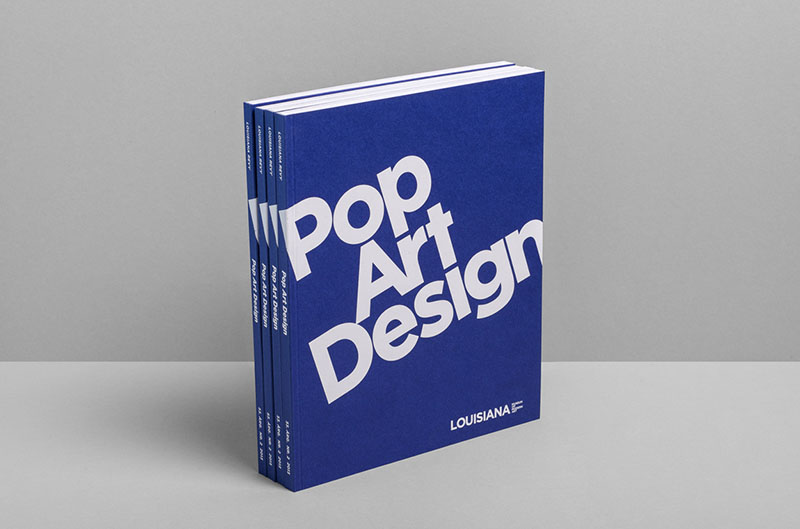Designbolaget
Designbolaget, das Kopenhagener Studio um Claus Due, arbeitet am Schnittpunkt von Kunst, Mode und Kultur. Mit einem Sinn für originelle Konzepte und einem scharfen Blick für Details, umfasst Designbolagets Black Book Klienten wie das Louisiana Museum for Contemporary Art und die Secession in Wien. Den Skandinaviern wird das Gespür für Ästhetik bekanntlich schon früh in die Wiege gelegt, höchste Zeit also einem Creative Director auf den Bart zu fühlen.
x-rummet, Brand Identity and Exhibition Catalogue
Natalia Schmidt führte mit Claus Due folgendes Interview für Slanted:
Who is behind Designbolaget?
Designbolaget is a Danish design studio founded by Claus Due in 2002 and now extended to include graphic designer Johanne Lian Olsen and Natalia Laura Schmidt. We are working at the intersections of art, fashion and culture. The studio is based in Copenhagen and has build a portfolio accented by publication and identity design. Conceptual thinking and constant dialogues with clients lay the strong ground for our work.
Where do you draw inspiration from?
We draw most of our inspiration from the art scene and from things we pick up along the way. All of our projects are based on ideas and concepts that fit the identity of the place or artist we work for. Often we find inspiration from the location itself, sometimes from their artistic approach. We do look at other studios work. This is not where we get our ideas though, but for certain takes on style, colours and type-treatments. Besides this, most of our idea-based work derives from other places than the world of design.
Ulrik Heltoft – Kabinet, Exhibition Catalogue
What is your approach in starting a new project?
We almost always start up a project by meeting the client face to face. It is essential for us to sense the aesthetics of a client – this helps us a lot and is of great importance for the process. Then we go on to creating large mood-boards – this is to ensure we all know what direction we are going, and makes it easier for us to communicate internal as well as towards the client. It is easier for them to understand our ideas visually. This is the phase where different directions are cut.
What do you enjoy most in working as a graphic designer?
Getting under the skin of a new artist or client is always interesting. The moment you get a great idea and can work down on detail-level is very rewarding. Collaborating with other designers and photographers is also great fun as they might find elements in our work that inspire them and vice versa. Another enjoyable side to being a graphic designer is when you find something that triggers your creativity, hang it on your wall and bring the idea to life maybe 2 years later for a project where it fits perfectly. This is when your life and work somehow becomes one. And last, but not least: Having a job where you can listen to loud music while you work. We love all aspects of working within this field - from studio life, meeting clients, solving problems and seeing the outcome brought to life as a product of some kind.
Pop Art Design, Exhibition Design and Exhibition Catalogue
Are there any challenges?
A challenge for us is to always push ourselves to do better design and never settle for mediocre solutions. Our goal is to stay contemporary and relevant, but never loose sight of what it is we need to communicate.
How can Danish design be characterized?
Danish Design is controlled and clean but with some quirky details. This could be a typeface not proportionally correct or positioning of elements on a page. This keeps the look from being streamlined, but still beautiful with its quirkiness. The colour scheme within the Danish design is quite saturated. Denmark has a long history of type design, and you can often recognize the design by the confident type-treatment.
How do you partake in shaping Danish graphic design?
Danish design is confident and full of qualities, such as material choices, colour palette and typographic treatment, which we hope to transfer to our designs. There is so much interesting graphic design going on at the moment, not only Danish, and we try to find the visual language that fits the project, not necessarily making it 'Danish'.
What are your plans for the future?
We want to continue to challenge ourselves, and keeping up making great work. Lately we have started working with art institutions outside Denmark, which gives us a new take on graphic design and how to run the design-process. Our goal is, of course, to be better designers.
